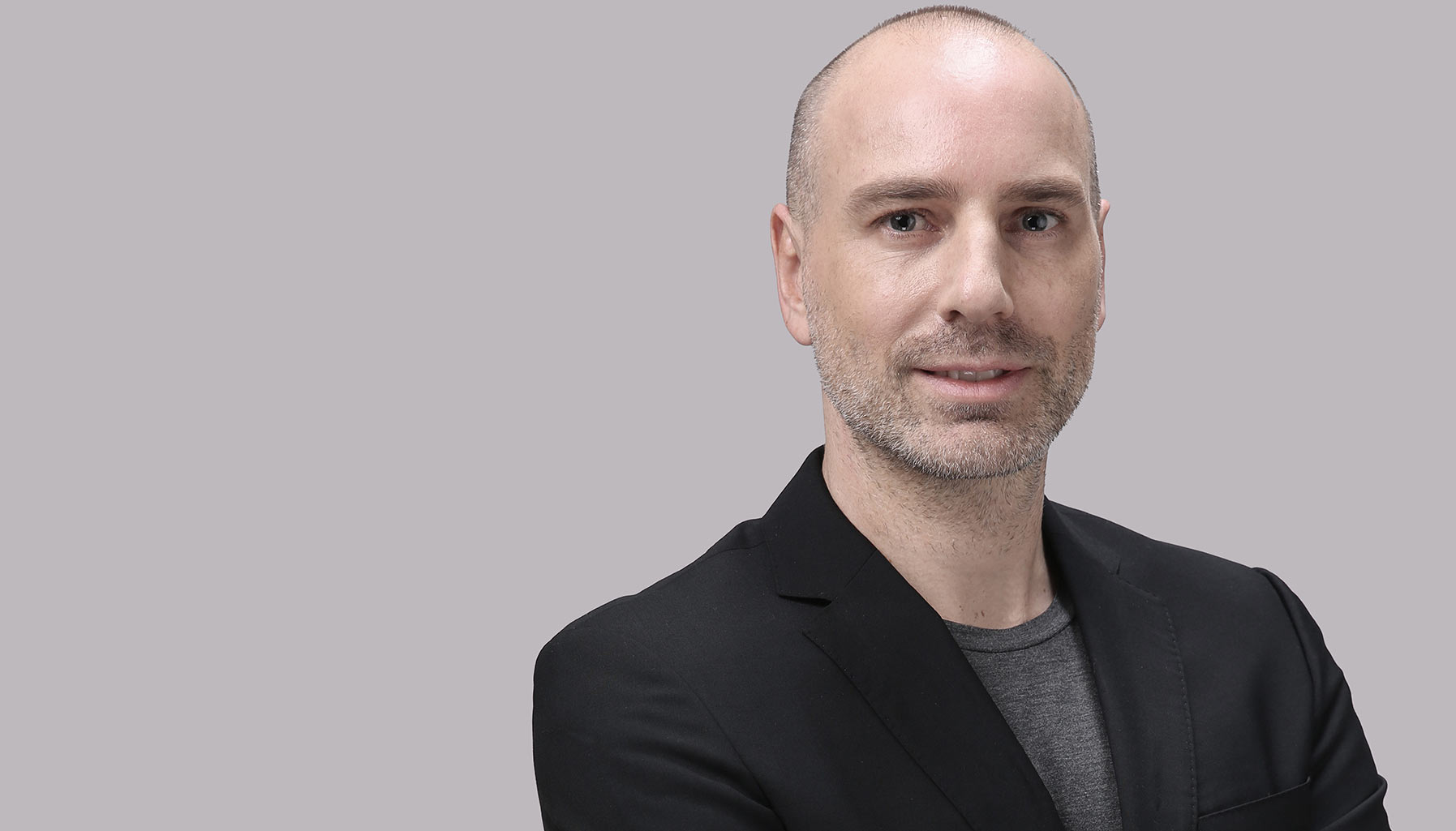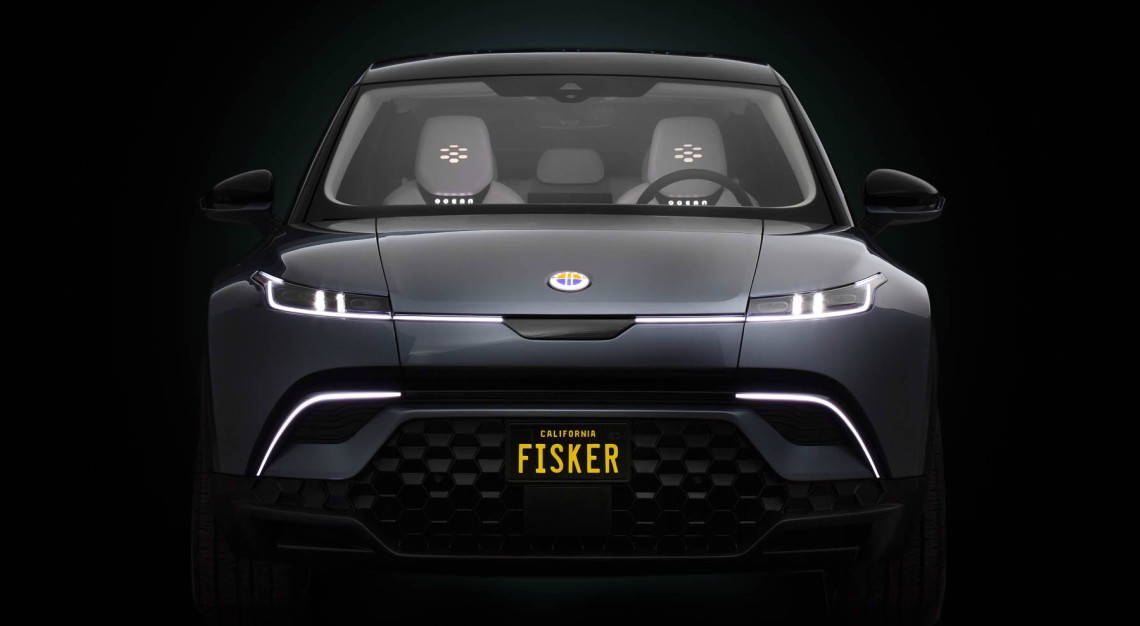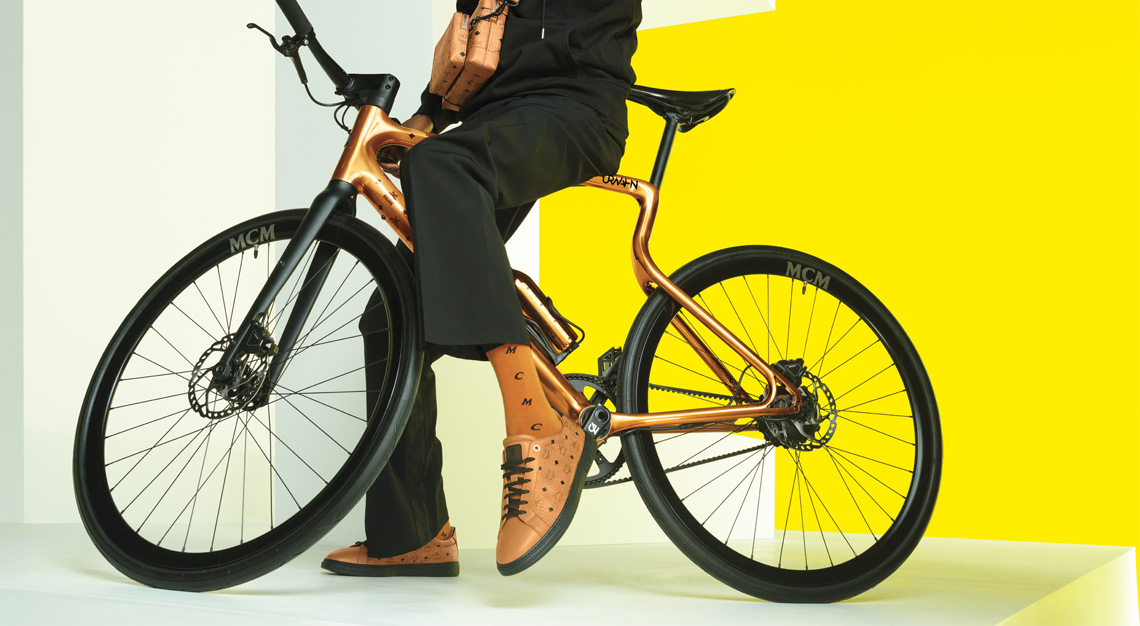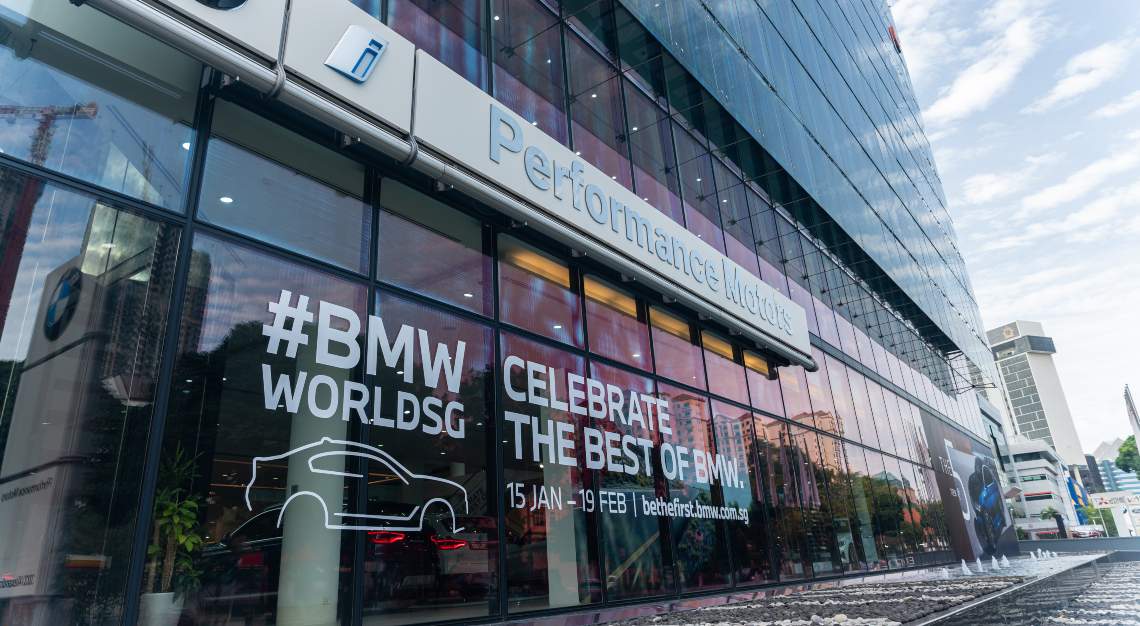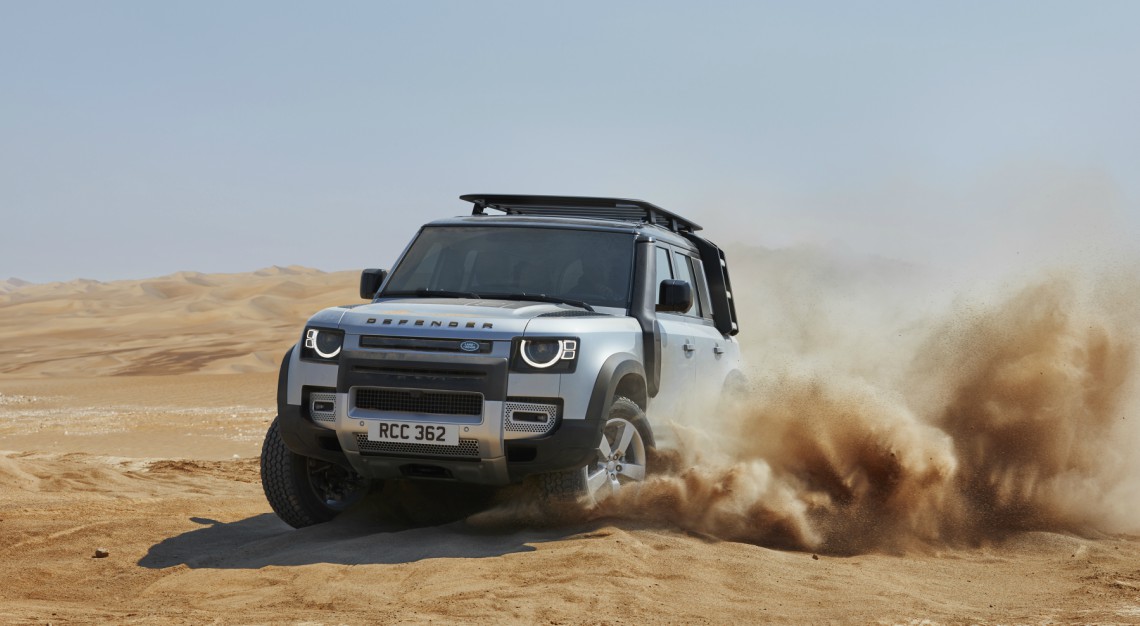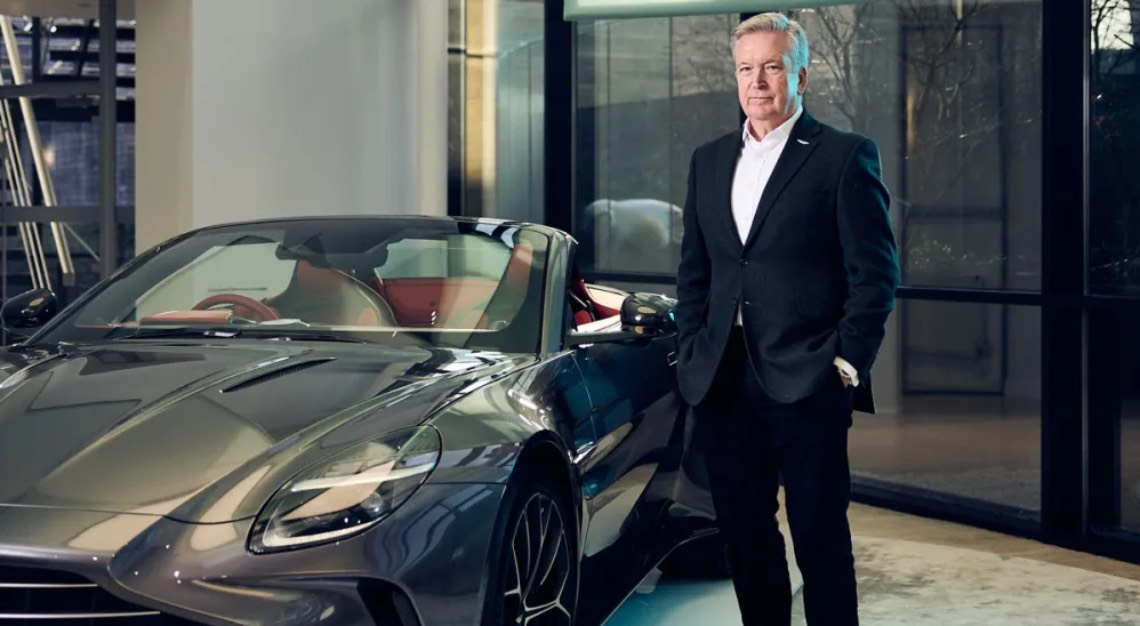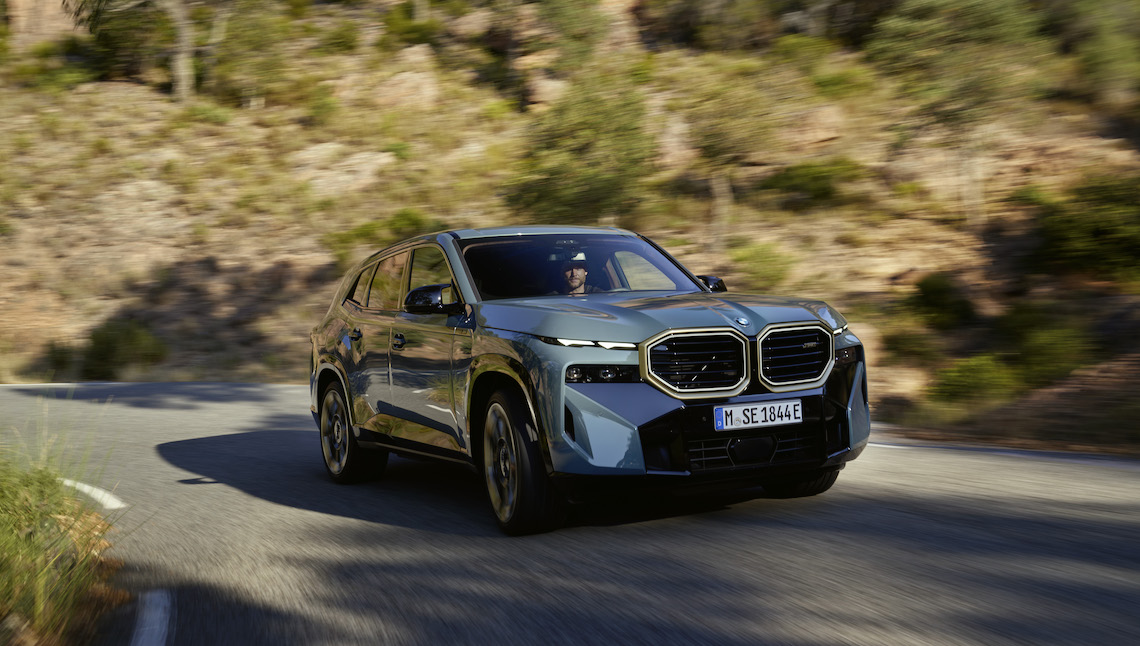the director also tells us about fridges of the future, smartphones looking all the same, and complementing product design with user experience
Nils Uellendahl, the design director of the Shanghai studio of Designworks (a part of the BMW Group, and one that partnered Embraer to design some of its cabins) has been there and back again. After joining Designworks in 2008, he left in 2014 for Chinese manufacturer Great Wall Motors, only to return late last year, a decision he says was motivated primarily by the “diversity and the opportunity to work on a range of very different projects”.
Uellendahl waxes lyrical about his favourite object, matchsticks made of twigs designed by Kaoru Mende, something that “gives me goosebumps every time I see it”.
It’s not the only thing that excites him, though. Even something as mundane as a fridge could set him barrelling down a path of creativity.
“Fridges can be really exciting if you think about how people store food, how they live in the future and how other objects in the house are organised. From there, you go back to the fridge. Do people still store food? Do they cook? Do they get food delivered?”
What would your fridge of the future look like?
In China, not many people do their own grocery shopping. That means someone would have to deliver the goods to your home. So that opens up interaction between the delivery person and the fridge. Maybe the front door has a fridge for the delivery person to deposit the food. Or maybe a fridge that opens from both the inside of the home and outside, so food can be delivered more easily.
How would the design process for it go?
We always aim to go as far as possible, then slowly come back. We create a vision for the distant future, a focal point for all stakeholders in the company to share, align and ultimately, drive towards. This enables you to project forwards and create a road map to where design might head to. Thinking of the end goal without thinking of the first step allows us to leave behind certain constraints. This for us has become a very important tool.
Perhaps not all our clients come to us for that approach, but once we build a relationship and explain its benefits, once the CEO, R&D department, purchasing department know the ultimate goal, they can streamline their efforts to getting there. If you don’t have this vision, you’re very much exposed to short-term trends. You might look to the competition and other drivers that might not help you get to where you want to go.
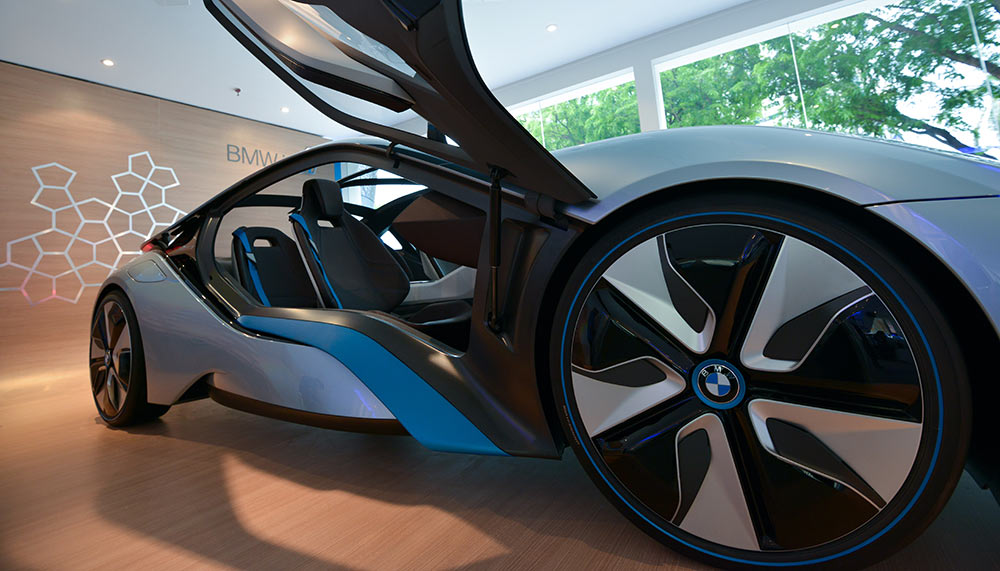
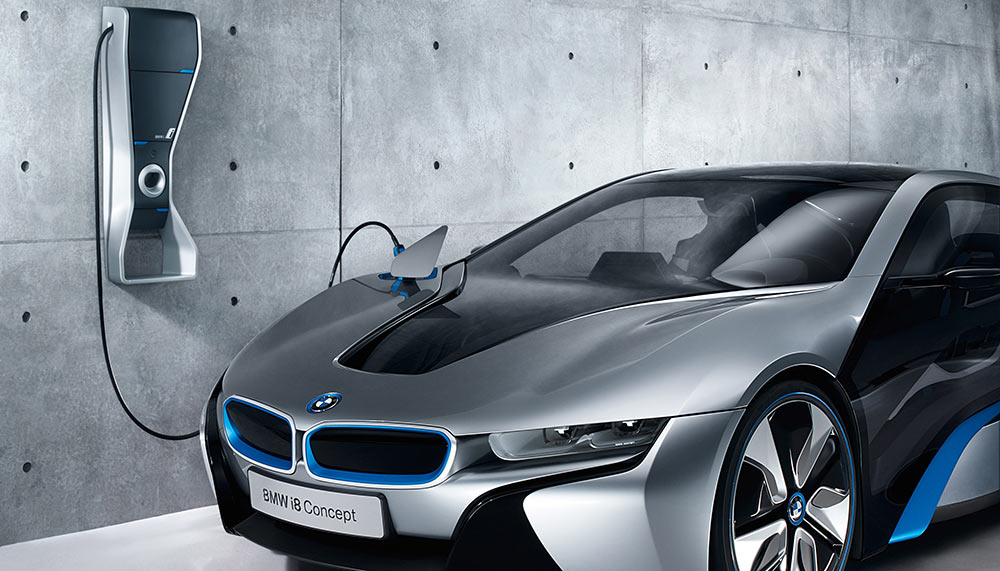
It sounds like Designworks’ philosophy is about taking things to the extreme, such as one of its past projects like the Thermaltake Level 10 PC case. How important is it that something as radical as that makes it to production?
In the car world, there’s the Vision EfficientDynamics concept (which eventually became the BMW i8). When people saw the production i8, they were very surprised we could stay so close to the concept. That was seen as a very positive thing. But the purpose of building the concept car wasn’t to put it into production one day. It was to guide everyone involved and make them understand what the goal is. Internally as much as externally.
In my experience, various departments within the same company may not speak the same language. Sometimes, senior management expresses things very differently from a designer, for instance. It helps keep everyone excited about it, too. I remember at BMW when the concept car was unveiled and when the i sub-brand was launched, there was a buzz that things were happening. I think it was only achievable if the extreme concept was built.
What do you say about some modern products all looking the same?
Smartphones come to mind. There are just a few suppliers for the major components, so it can end up looking the same. But this is a very extreme example because this product has reached maturity, where you can’t make any big steps unless there’s a huge leap in technology. Once the screen is projected and no longer physical, when it no longer requires a battery, then you might be able to change things.
In terms of styling, there’s only so much you can do with design and materials like glass or metal. I believe there’s this underlying change in mindset where you add experience to the usual form and function. You have to ask what do people do with their phone and how we can give them different experiences, even though they might look similar.
Can you see product design diminishing and concentrating solely on designing user experiences?
I think we need to move away from thinking about design in silos of product or experience. I don’t see it as an either-or situation. It also depends on how you define a smart object. Some people see it as something that does all the work without you having to engage with it. Especially in the luxury segment, the haptic experience of touching an object is so fundamental, it’ll never go away. Now, there’s a big focus on user experience, because it’s the new thing. But in the end, you have to have it all. You need to have a story, you need to have a product and need to have an experience that fits. And this will have physical and digital elements that all come together to convey one brand message.
